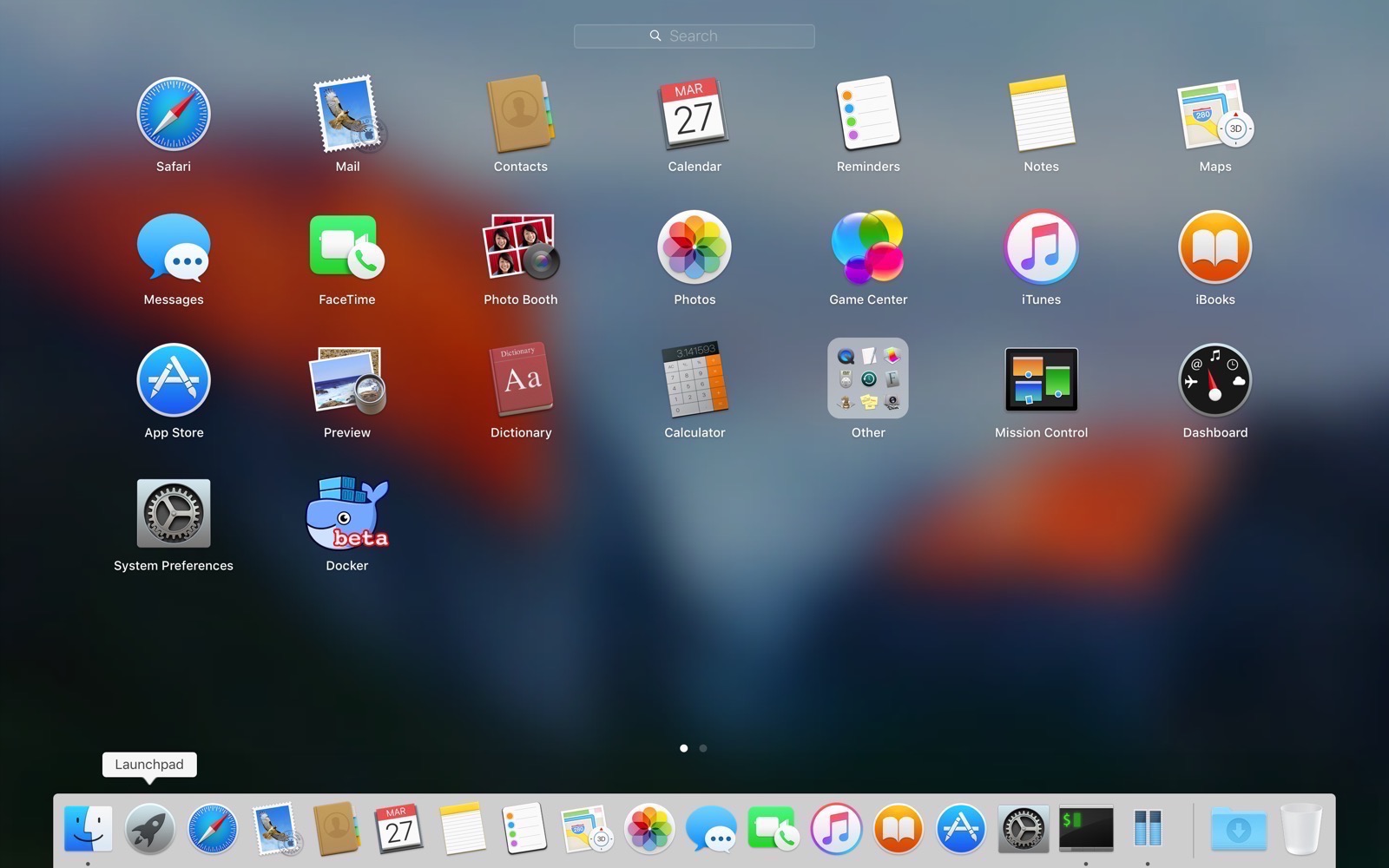


- #Docker for old mac for mac#
- #Docker for old mac install#
- #Docker for old mac drivers#
- #Docker for old mac update#
- #Docker for old mac driver#
When I finally managed to do that, BigSur had an update and after that, the arm version of node.js didn't work anymore. I spent countless hours getting around some issues like for a Gatsby project I could not make the 'sharp' module work. I did see that with very little use - like a few Chrome tabs + other background apps that run by default it will quickly consume the "standard" 8GB of RAM. But it does use SSD swap, so that's interesting. With a local frontend workflow (build and running unit tests), lots of Chrome tabs open, docker running a few containers, VSCode, Spotify, and other programs running in the background I haven't seen it use more than '~12,5GB' of RAM. Can say for some frontend builds I was getting ~60% speed increases from my 2y old Dell XPS 15. Running the native arm node.js on this machine is extremely performant. Also, I noticed that the 16 GB model barely uses less than ~7-8GB RAM but I'll get to that later.Ī lot of my development work implies running VSCode and node.js locally for frontend workflows. I went for 16GB of RAM because some of my development workflows require running multiple docker containers locally, and we all know how much memory docker consumes. So buying an M1 laptop didn't make sense - since I can use my laptop when I need portability. I don't like staring into small laptop screens, so for using both my monitors and also having more ports I have chosen the Mac Mini instead of the MacBooks.Īlso, I am working remotely and already have a Dell XPS 15 laptop. I wanted to use it with - 2 big monitors (M1 MacBooks support only one external display - although there are workarounds). Let us know in the comments which local Kubernetes solution you are using and why.Why I choose the M1 Mac Mini with 16GB RAM
#Docker for old mac for mac#
Installation and removal not as streamlined as other solutionsĭocker Desktop for Mac is a very user-friendly solution with good integration for the MacOS UI.Very flexible on installation requirements and upgrades.Installs several plugins (such as dashboard) by default.
#Docker for old mac drivers#
#Docker for old mac install#
This will start a single node Kubernetes cluster for you and install the kubectl command line utility as well. Click the Docker icon in the status bar, go to “Preferences”, and on the “Kubernetes” tab check “Enable Kubernetes” as shown in the figure below. If for some reason you cannot upgrade, you should be able to use Minikube instead.Īfter a successful installation, you need to explicitly enable Kubernetes support. docker toolbox ), or an older version of Docker on Mac, we strongly recommend upgrading to the newer version, instead of having multiple docker installations versions active. Note: If you already use a previous version of Docker (e.g. You can download and install Docker for Mac from the Docker Store. InstallationĪs mentioned already, Kubernetes is included in the Docker on Mac binary so it installed automatically with it.

When Kubernetes support is enabled, you can deploy new workloads not only on Kubernetes but also on Swarm and as standalone containers, without affecting any of your existing workloads. Notice that Docker on Mac uses a native MacOS virtualization system called Hyperkit. The Kubernetes server runs locally within your Docker instance and it is similar to the Docker on Windows solution. Kubernetes is available in Docker for Mac for 18.06 Stable or higher and includes a Kubernetes server and client, as well as integration with the Docker executable. VirtualBox) at the cost of a more complicated configuration.
#Docker for old mac driver#
On the other hand, Minikube has more complete Kubernetes support with multiple add-ons and driver support (e.g. Docker for Mac is very easy to install, but it also comes with limited configuration options. Similar to the Windows version, Docker for Mac provides an out of the box solution using a native virtualization system. In this article, we talk about MacOS and take a look at Docker Desktop and Minikube. In the previous articles of the series, we have seen the local Kubernetes solutions for Windows and Linux.


 0 kommentar(er)
0 kommentar(er)
